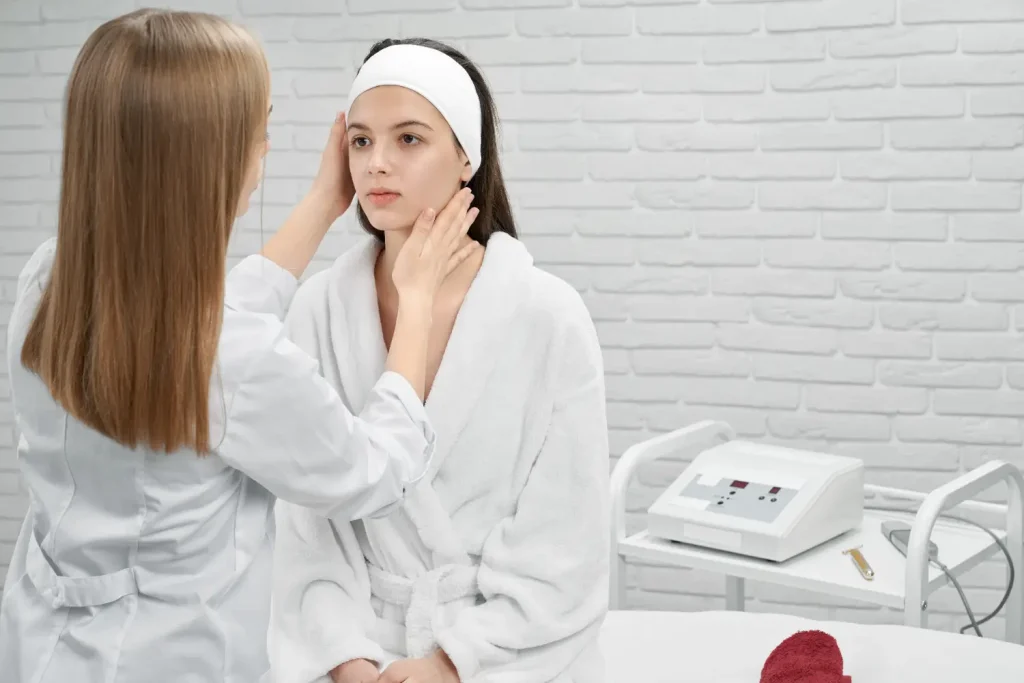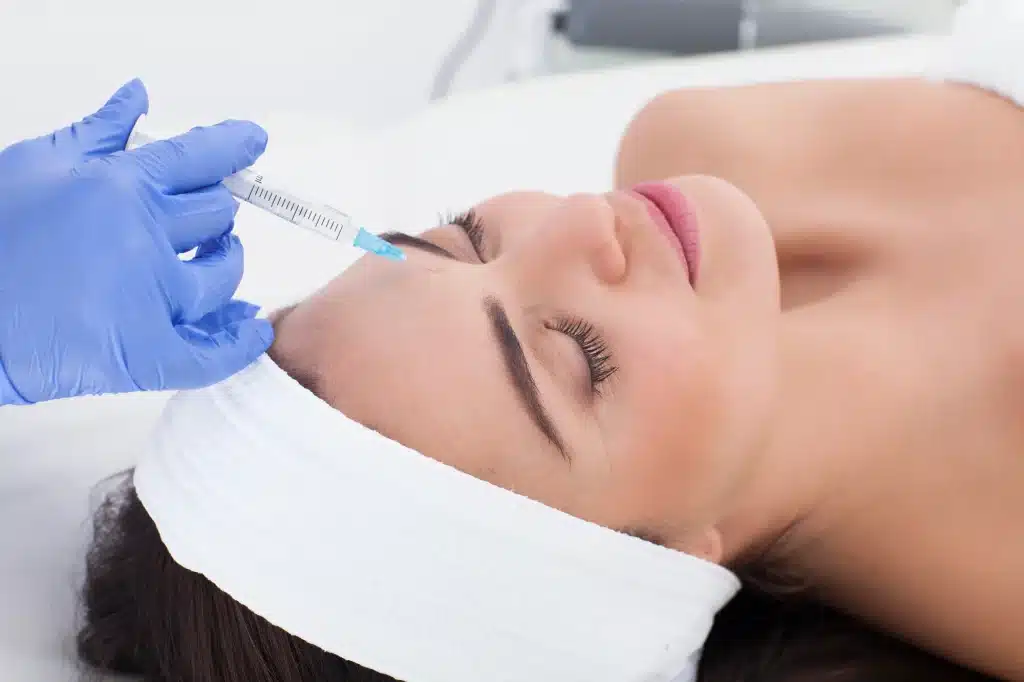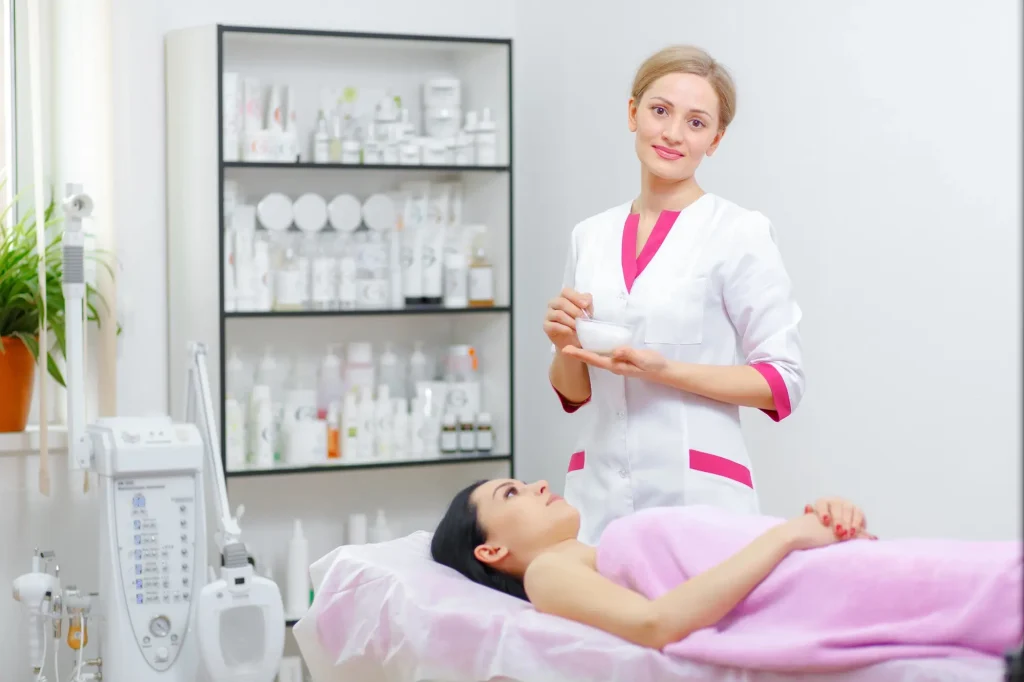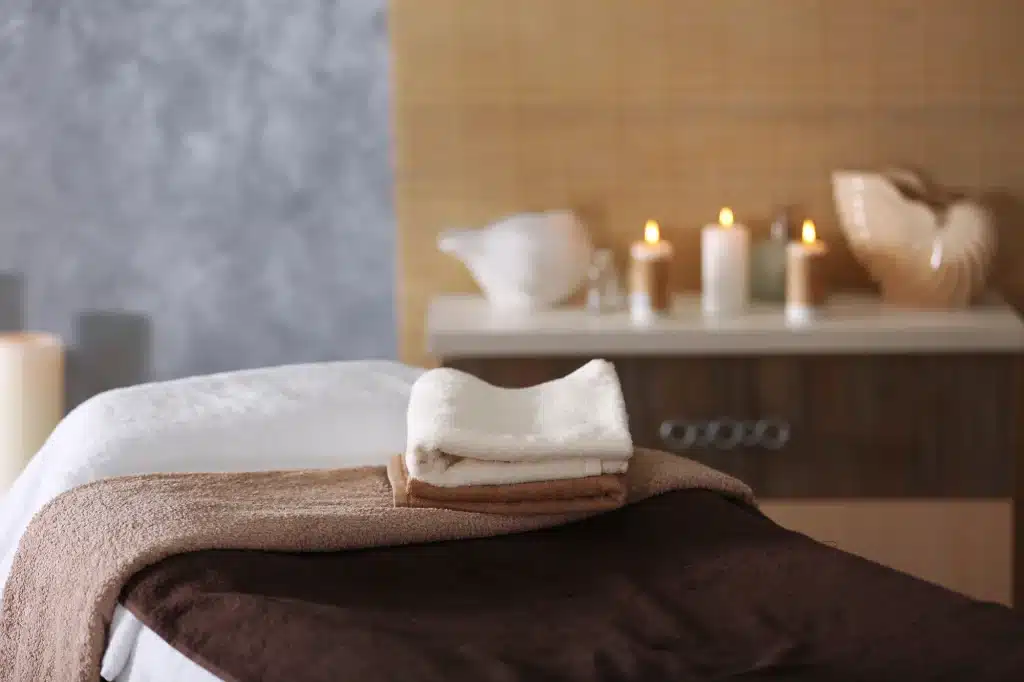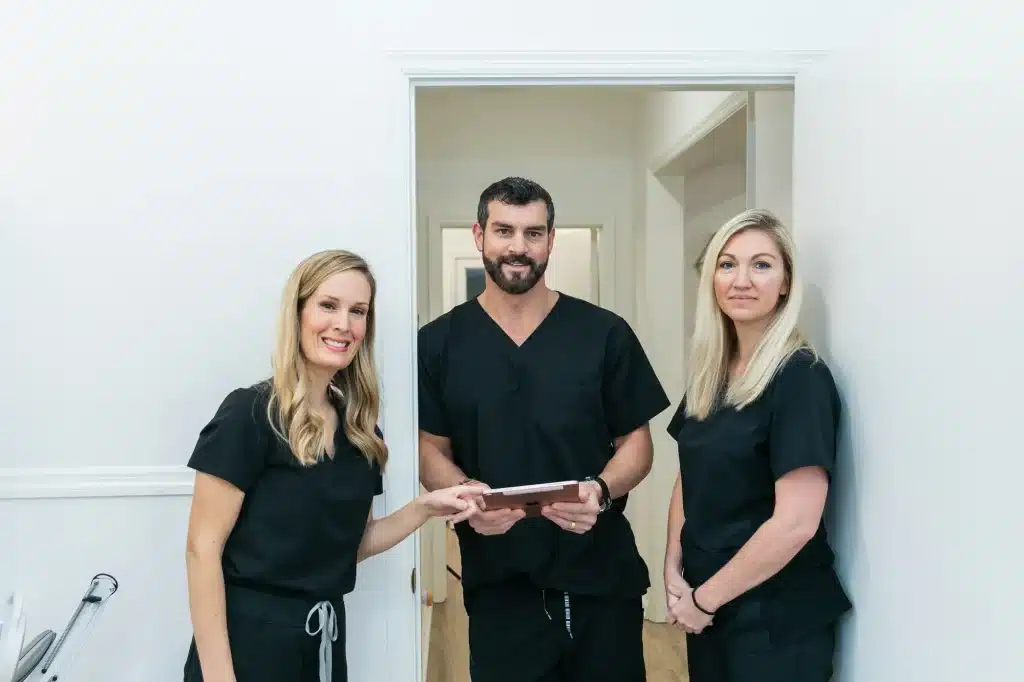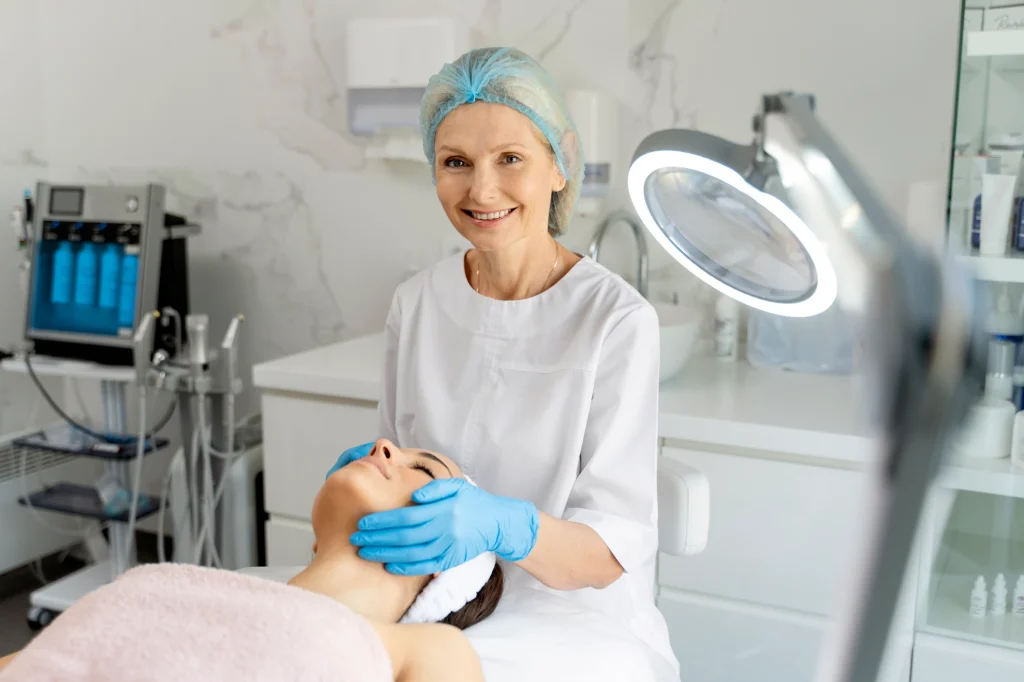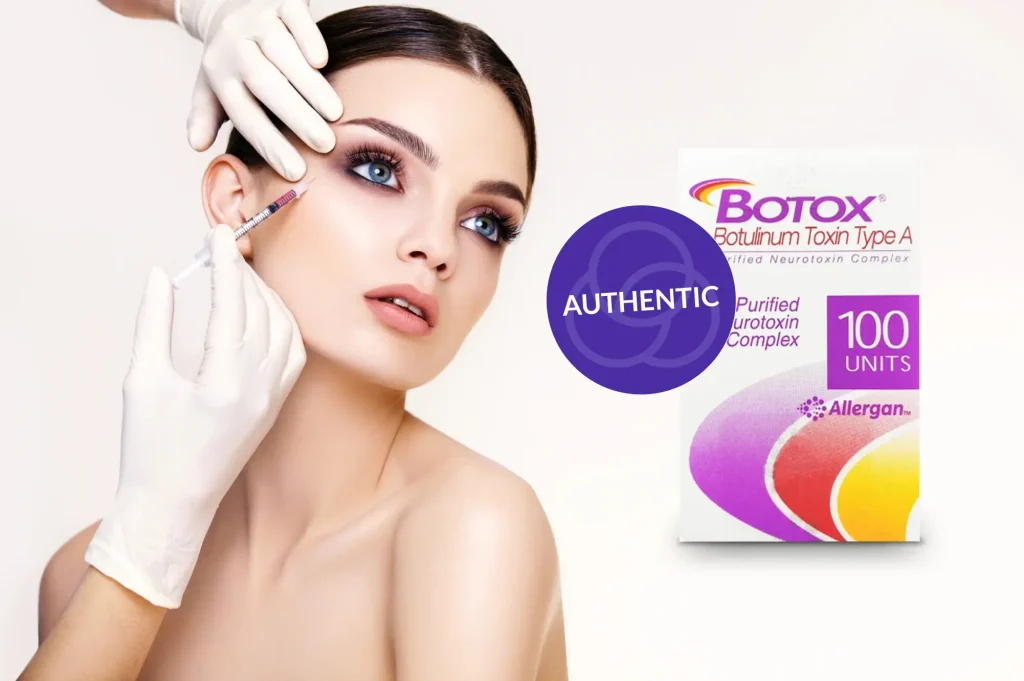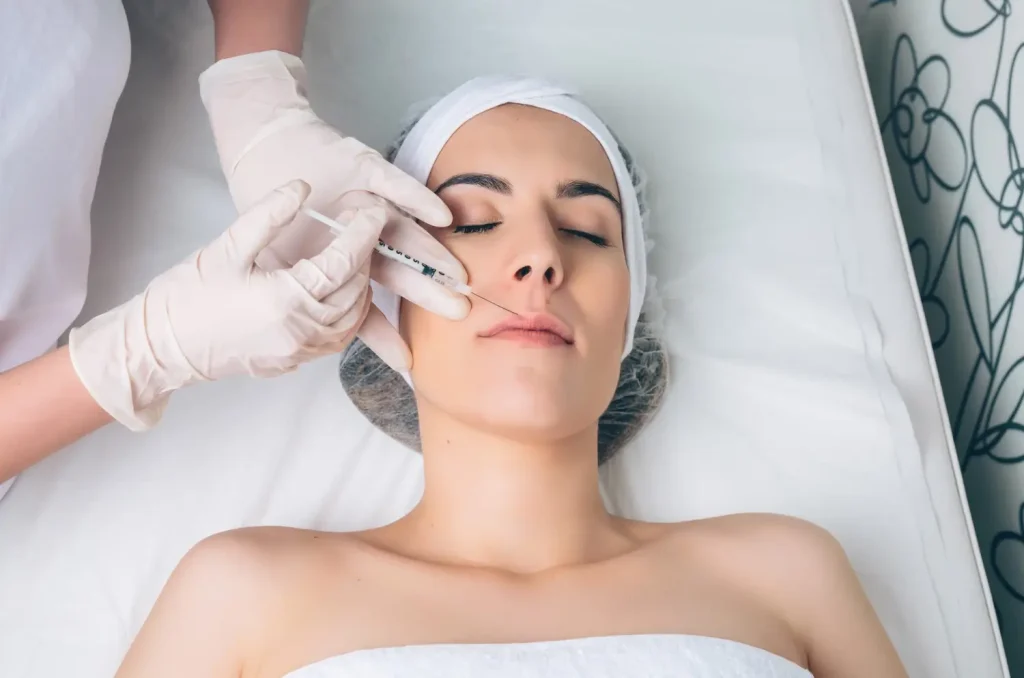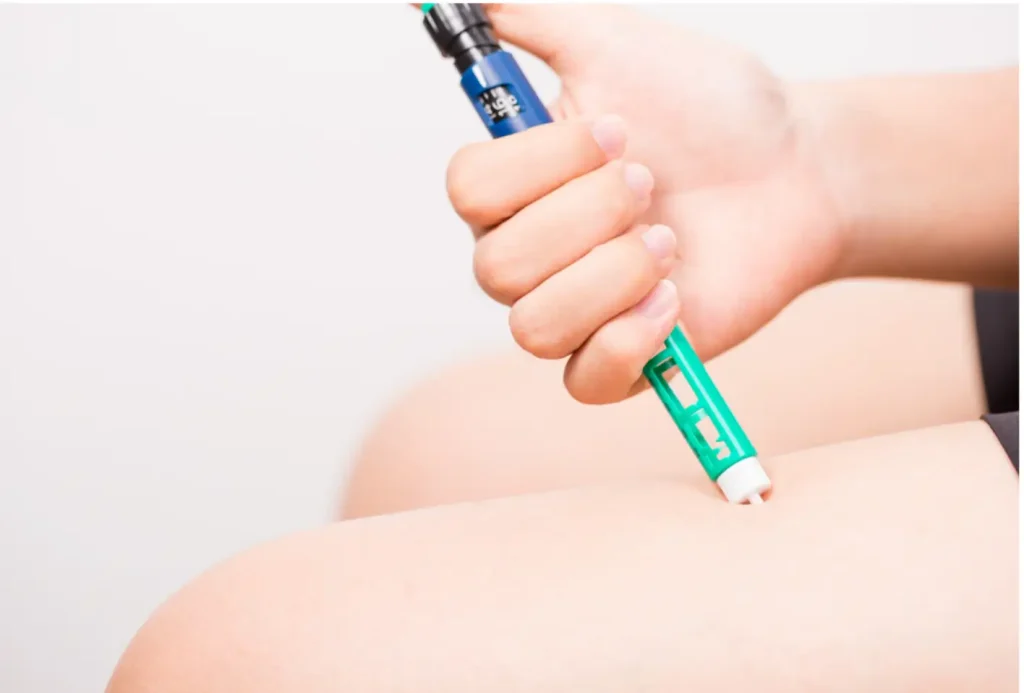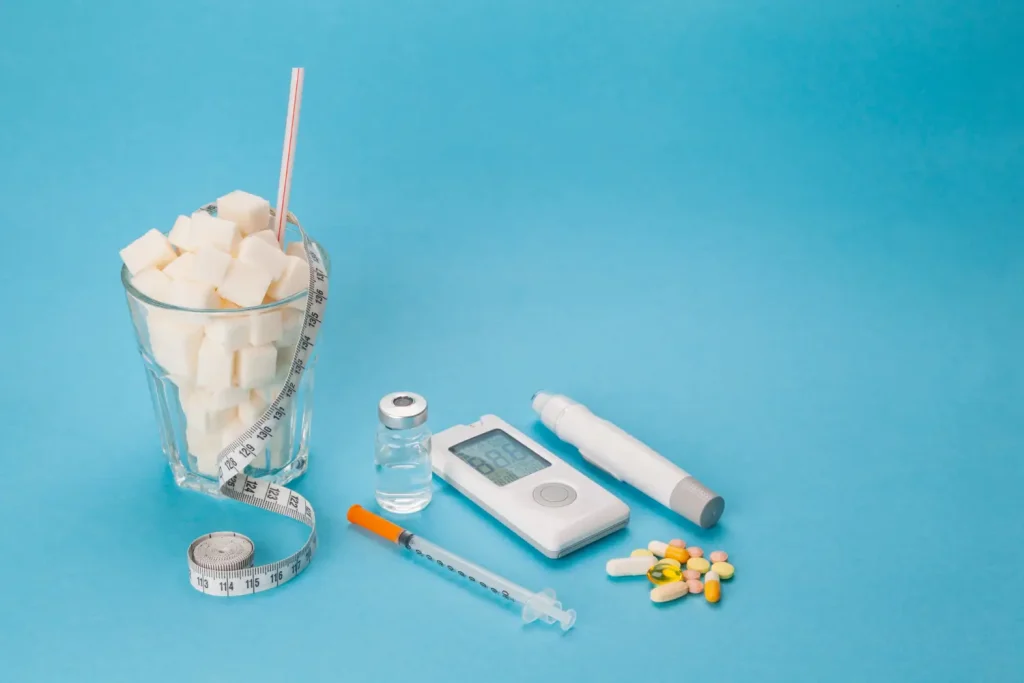Thick skin folds, loss of subcutaneous fat volume, and sunken cheeks are some aesthetic concerns shared by many adults. Dermal fillers are the latest treatment modality that aim to correct these imperfections without involving surgery. Instead, patients get to walk into a bright and comfortable dermatologist’s clinic, have a few intradermal injections in their specific target area, and can then resume their daily life in less than hour with a more youthful appearance. This convenience and efficacy help explain why dermal fillers have becoming an increasingly popular treatment modality in the last decade.
To new users of such fillers, there are many potential questions that can be asked. To this end, a main point of skepticism of dermal fillers is their durability. Unlike surgical changes, dermal fillers, such as Juvederm, Radiesse, or Restylane fillers, may last for up to two years at a maximum. While such a duration is convincing enough for many patients, some may wish to explore something more permanent.
Temporary Filler First, Permanent Later
Most clinicians, plastic surgeons, and dermatologists recommend that new patients use a temporary filler, such one of the Juvederm fillers, as a point of first exposure to dermal fillers and, if they are satisfied with this filler, prolong its effects with a permanent filler, such as Artefill. Artefill latter lasts longer than Juvederm fillers, as it can last up to five years; it also acts as a framework for natural collagen reproduction.
However, some patients may skip temporary dermal fillers and immediately begin with Artefill. In this case, the practitioner carrying out the injection process has to be highly skilled and must avoid making mistakes that can cause patient disappointment, as Artefill’s ingredient, polymethylmethacrylate (PMMA) is non-resorbable in the body and may require a surgical intervention to be removed.
Juvederm and Artefill, The Two Approved Dermal Fillers
In 2006, FDA approved Artefill as the first permanent injectable for facial and soft tissue augmentation. This medical filler contains 20% polymethylmethacrylate microspheres that are 30 to 42 microns in size, 3.5% bovine-sourced collagen, and a 0.3% lidocaine gel suspension. Most dermatologists and doctors use Artefill to fill in smile lines, nasolabial folds, and other deep facial defects.
In the same year, FDA approved Juvederm, a brand of dermal fillers. In contrast to Artefill, Juvederm fillers are temporary fillers that utilize hyaluronic acid, a sugar molecule that is originally abundant in the dermal layer. The mechanism of action of Juvederm is to replenish the hyaluronic acid content in the targeted skin to hydrate it, enhance its extracellular matrix functions, and add natural-looking volume and contour to it. With six different formulations, Juvederm’s line can be used for a number of dermal indications.
Hyaluronic Acid and PMMA: What Makes Them Last
The main component that determines a filler’s longevity is its ingredient. Like most hyaluronic acid fillers, the hyaluronic acid of Juvederm fillers is extracted from biofermentation. Hyaluronic acid chains are capable of attracting and binding water molecules at a rate of 1000 times their own weight, which consequently fills out skin in a manner that irons out its folds and gives it an extra glow. Since purified hyaluronic acid chains are resorbable in the body and have short half-life, Juvederm fillers are cross-linked so that they last longer in the skin when implanted. Via BDDE, a reticulating agent, the hyaluronic acid chains of Juvederm fillers are cross-linked together using covalent bonds that are capable of resisting natural degradation in the body. As such, Juvederm fillers can last within the extracellular matrix for around two years instead of the six months of purified, non-cross-linked hyaluronic acid chains.
Artefill’s PMMA is a non-biodegradable, artificial, and biocompatible product that is commonly found in medical devices such as bone cement, intraocular lenses and craniectomy plates. It is crafted into smooth microspheres that have a low percentage of foreign particles or antigens. The smooth surface also alleviates the inflammatory response of the macrophages.
For Artefill, the initial correction that occurs as a result of its injection is a result of the bovine collagen included in the gel suspension. Although the filling effect is immediate, the collagen only lasts for six months and faces degradation. Gradually, the volume mass of the injectable decreases, leaving PPMA to maintain its presence in the dermis as a “living implant” that works as a scaffold for new collagen production at the treatment area. This scaffold also prevents the skin at the treatment area from folding and wrinkling into itself, so in this regard, Artefill can be understood to smoothen out the complexion of facial skin. Artefill can last for five to 10 years, and a surgery is required for its removal.
Other Pre-Treatment Considerations
The reason why Juvederm fillers are, despite being temporary, more widely requested is due to their non-mammalian origin. These fillers’ high biocompatibility rates with most individuals allow for them to each provide natural-looking lift and corrections when implanted into the skin. Patients may not need to worry if the outcome of their respective Juvederm treatment runs contrary to their expectations, as the results of Juvederm fillers can be reversed with hyaluronidase. Alternately, patients can simply wait for their implanted Juvederm filler to naturally dissolve on its own.
When it comes to considering if Artefill treatment is suitable, allergy tests are mandatory in order to ensure its safety for use on the patient. Practitioners have a direct method to use to detect reactions, applying a small amount of the filler on the patient’s arm prior to the main treatment. As a highly elastic and thick solution, this filler is not recommended for areas that are more vulnerable and softer, such as the vermillion border, the lips, or the area beneath the eyes. However, amongst its advantages compared to Juvederm fillers is the fact that it requires only two treatments initially, for a result that lasts for five years or longer. Patients who are confident with the results of Artefill treatment then have the ability to opt for a time and cost-efficient treatment, to have long-lasting facial sculpting.




